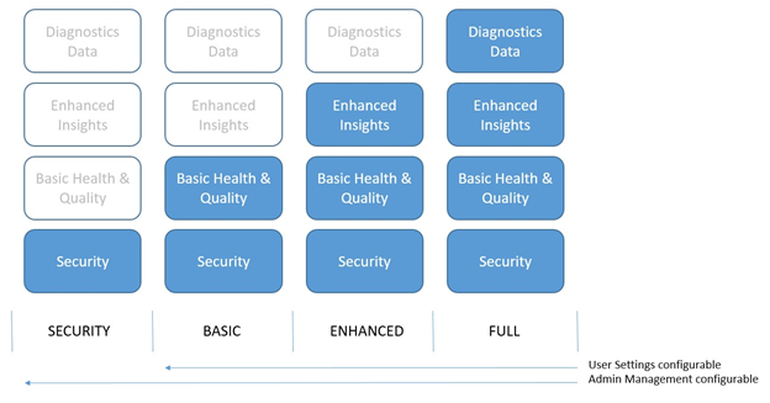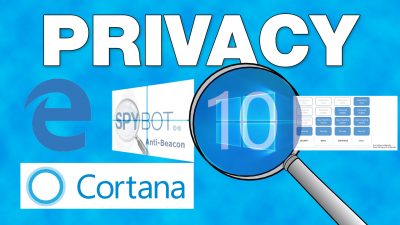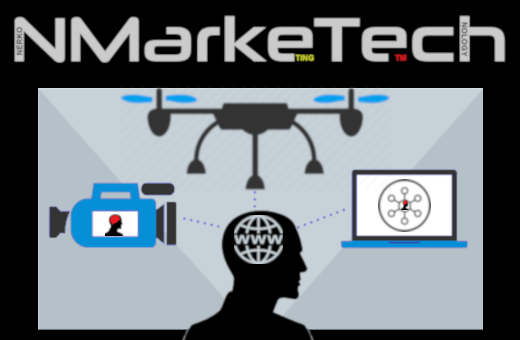Zero day install process and considerations of Windows 10 Privacy.
In this post I will address few issues to consider when installing Windows 10 OS or when initially setting up Windows 10 on a new PC out of the box. We will mention the very first day you turn on your computer, how to approach the initial setup process, how to improve performance by shutting down unneeded services and how to go beyond that by installing some security software.
What is zero day (in computer terminology)? Let’s start 2018 with some good stuff…
Reference #1 – Zero Day Vulnerability
A zero-day vulnerability, also known as a computer zero day, is a flaw in software, hardware or firmware that is unknown to the party or parties responsible for patching or otherwise fixing the flaw. Zero day may refer to the vulnerability itself, or it may refer to a zero-day exploit, an attack that uses the zero-day vulnerability to attack vulnerable systems. (credit: techtarget.com)
Reference #2 – Windows 10 Privacy Settings
Install Spybot (download: www.safer-networking.org) – use the portable version to run from your thumb drive or install the OS version on your PC. This software will help you turn a lengthy manual task into a few button clicks process which will protect your PC and your privacy from prying eyes. What the details in the video above (starts 9:00).
Reference #3 – Performance – Disable Unneeded Services
This video shows how to disable some of the services not required. Use this caution – not recommended for newbies. You kinda have know what you are doing not to disable a services that you actually need. So if not sure double check what the service is for before disabling (check here: www.bleepingcomputer.com).
Reference #4 – Security – Intrusion Detection System – going beyond privacy
OSSEC (www.ossec.net) is a popular open source HIDS (host intrusion detection system). As stated on the website, “It performs log analysis, file integrity checking, policy monitoring, rootkit detection, real-time alerting and active response” (Welcome to the Home of OSSEC). A typical limitation of IDS in identifying a 0 day is the reliance on signatures; however OSSEC adds a few features to compensate. These include “log analysis, integrity checking, Windows registry monitoring, rootkit detection,
real-time alerting and active response” (Cid). (credit: www.sans.org)
Conclusion
Cortana is a virtual assistant which is fun to use and can speed up you tasks by helping you find things faster and by being more productive. However, you have to keep in mind that this comes with a price and that price may for some be too high – all your information is going to Microsoft (contacts, searches, calendar entries, etc.). It is up to you to decide what you want – more convenience by giving up privacy (telemetry services are collecting data about your PC use and sending it to Microsoft) or keeping your private data to yourself.
The Windows 10 OS is coming out of the box with settings that will give all the freedoms to Microsoft to gather data about your new PC usage and beyond so if you don’t want that you will have to spend some time disabling those options to protect your privacy. Based on information in this post you can go and find more resources and dive into detail of the concepts mentioned here.
BONUS (Cheat sheet): How To Protect Privacy On Windows 10
BONUS 2: Windows 10 Telemetry Levels (your PC data shared with Microsoft)































Leave a Comment
You must be logged in to post a comment.